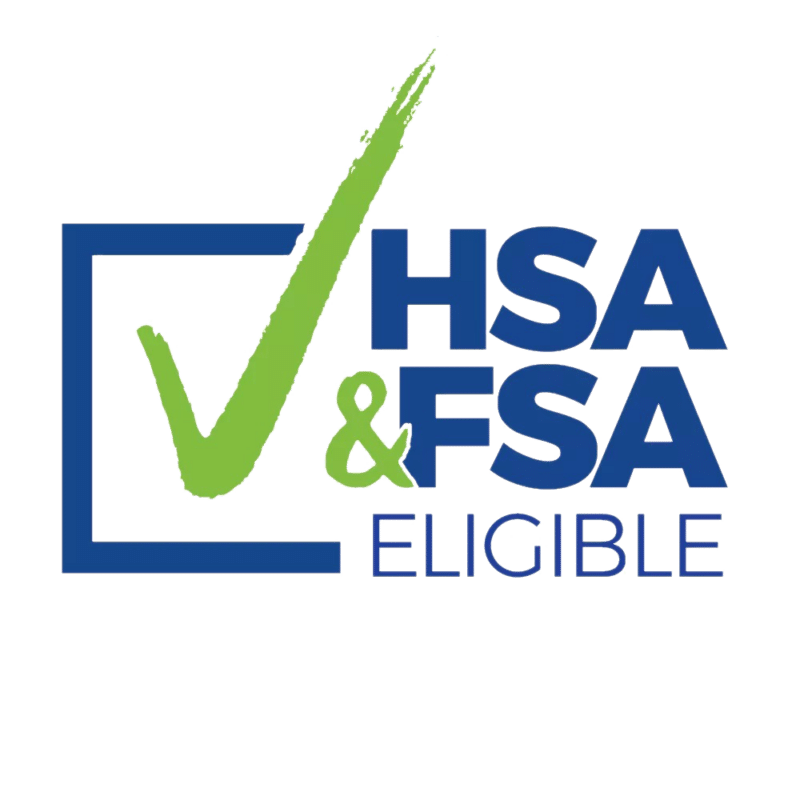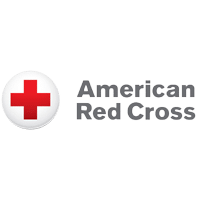Uncategorized
What Are the Key Differences Between Infant, Child, and Adult CPR?
Do you know how CPR is different for babies, kids, and grown-ups? The American Heart Association (AHA) studies CPR for different age groups and updates their recommendations over time. In this post, we will talk about the important differences, like when to call 911, when to use rescue breaths, and more. It’s best to take a CPR course to learn all the skills needed to save a life.
Introduction
Your actions can save a life in an emergency. Whether it’s someone you know or a stranger, it’s crucial to understand the differences between CPR (cardiopulmonary resuscitation) for adults, children, and infants.
CPR is a life-saving technique used when someone’s heart has stopped beating. During a sudden cardiac arrest, CPR is needed to pump blood to the body, especially to the lungs and brain, to prevent further complications.
Due to COVID-19, many people are understandably worried about coming into direct contact with others. A recent survey shows that bystanders are less likely to help when CPR is required.
Calmed aims to help people understand the benefits of using CPR and an AED (Automated External Defibrillator), as well as the key differences between performing CPR on infants, children, and adults.
Benefits of Learning/Knowing CPR
You never know when someone might have a heart stop beating. It could happen at your home, workplace, or a restaurant. When you know how to do CPR for adults and babies, you’ll be trained and confident to act quickly and possibly save a life.
CPR training usually also covers using an AED. An AED is a portable medical device that sends an electric shock through the body to restart the heart’s normal rhythm when it is beating chaotically and unsafely. You can use an AED on a child (ages 1-8), but you must first check if the AED has a built-in reducer for children. Some AEDs might need separate smaller pads for children, so make sure to check with the AED maker to learn what’s right for your AED.
Groups like the American Red Cross provide training for people who want to learn CPR and get certified. You don’t have to be a paramedic or doctor to know how to save someone’s life. Recent studies show that even middle school kids can help save a life by doing hands-only CPR and using AEDs. Many businesses encourage, and sometimes require, employees to have CPR training. We suggest all parents learn how to do CPR in case of an emergency.
Differences Between Infant, Child, and Adult CPR
It’s important to note that there are some differences in how to do CPR, depending on the person’s age or size. Infants, children, and adults all have different requirements for life-saving techniques and performing CPR. For any emergency, always make sure the area is safe for you to enter first.
Adult CPR
Adults may suffer a sudden cardiac arrest for various reasons. According to the American Heart Association, in 2015, emergency responders went to about 350,000 cases of adults having cardiac arrest outside of hospitals in the United States. Only about 10% of these patients survived, and only about 8% survived with good health. In an emergency,
Call 911
Once you see the area is safe, call for emergency help.
Survival from sudden cardiac arrest depends on people nearby responding quickly. If you see someone suddenly collapse and they are not responding, you need to immediately call 911.
Let’s say you didn’t see the person collapse, but you find someone who is not responding. In this case, you also need to immediately call 911.
If the person is not responding, don’t keep trying to wake them up – they won’t wake up and your fast response is critical for their survival. Shout for help. Otherwise, if you are alone, use your cell phone to call 911. If more than one person is there, one person should start CPR while another calls 911. If other bystanders are around, someone can help control the crowd.
2. Push – Perform Hands-Only CPR
Even if it’s not done perfectly, hands-only CPR greatly increases someone’s chance of surviving. Push hard and fast on their chest, trying to do 100-120 compressions per minute.
One way to keep the right compression rate is to push in time with a song beat, such as “Stayin’ Alive” by the Bee Gees, or another song with a tempo of 100 to 120 beats per minute.
To administer chest compressions, overlap your hands (one on top of the other), lacing the fingers on your top hand between the fingers on your lower hand, and place them on the center of the person’s chest. Use the heel of your palm to apply pressure, going about two inches into the chest. Continue delivering compressions at the tempo mentioned above until you become too exhausted to continue and someone else can take over, someone brings an AED to the scene, or EMS personnel arrive. The American Red Cross recommends that bystanders perform hands-only CPR on adults.
Child CPR
While children are less likely than adults to have sudden cardiac arrest (SCA), it still happens. More than 20,000 infants and children experience cardiac arrest each year in the United States, and around 7,000 of those cases happen outside of a hospital.
Once you see the area is safe, respond to a child like this:
Start CPR
Any child that is not responding, not breathing normally, and showing no signs of life needs CPR immediately. Begin CPR right away and don’t waste time checking for a pulse. If someone is there to call 911 for you, tell them to do so. If you’re alone but have a cell phone, call 911 right away. Otherwise, do 5 cycles of CPR.
Call 911
Call 911 to report the emergency and get an AED (if possible)
If a child is unconscious from a blocked airway, don’t poke your finger in their throat as this may cause more harm, just clear their mouth as needed.
Push – Begin CPR
The child’s age and size will determine the chest compressions. You may need to use one or two hands, pressing the chest about 2 inches (5 cm) down. For children who haven’t hit puberty, don’t press more than 2 inches. However, for teenagers you can press up to 6 cm down.
Like adults, children also need 100-120 compressions per minute.
Rescue Breaths
A rescue breath is when you blow air directly into someone’s mouth. You’ll first need to tilt their head back slightly so the air goes into their lungs.
And remember, a child’s lungs are smaller than an adult’s, so don’t blow too much air. The American Heart Association says rescue breaths are important when resuscitating children because cardiac arrest from things like choking, asthma attacks, or allergic reactions is more common in children than cardiac arrest. Make sure to pinch the child’s nose closed and fully seal your mouth over theirs so the breaths go in.
If there is just one rescuer, do 2 breaths for every 30 compressions. If there are two rescuers, one rescuer gives 2 breaths every time the other rescuer completes 15 compressions
Infant CPR
Infant CPR is different from adult or child CPR in various ways, and should be used when responding to babies under 1 year old. A 1-year-old and older is considered a child for CPR.
Similar to child CPR, starting compressions and rescue breaths immediately is extremely important. This is because for children and infants, cardiac arrests are usually from choking rather than a heart issue.
Check if Conscious
Once you see the area is safe, check if the baby is conscious. Never shake a baby to check. Instead, tap their foot or stroke their arm to see if they respond. Apply just enough pressure that would typically wake them from sleep.
Call 911
If an infant shows no signs of life, shout for help. Otherwise, if you’re alone, use your cell phone to call 911.
Push – Begin CPR
Don’t delay in starting 5 cycles of CPR. After 5 cycles, if you don’t have a cell phone, go call 911 and get an AED if possible.
Infant Chest Compressions
If an infant shows no signs of life, start CPR right away. If you’re the only rescuer, use your two middle fingers on your dominant hand and press 1.5 inches deep on their chest. If a second rescuer is helping, wrap your hands around the infant’s trunk and use both thumbs to do compressions. If you can’t press down 1.5 inches this way, try gently with the heel of one hand. Hum a 100-120 beat per minute tune like “Stayin’ Alive” to keep the right pace.
5, Rescue Breaths
Like a child’s, an infant’s airway is very small. Don’t tilt their head back too far when giving rescue breaths.
Fully cover the infant’s mouth and nose with your mouth, then blow for one second to make their chest rise. Give two rescue breaths. As with children, if you are doing CPR alone, give 2 rescue breaths every 30 compressions. If you are doing CPR with another person, make sure to give two rescue breaths every 15 compressions.
Frequently Asked Question
At What Age Do You Use Infant CPR?
Use infant CPR for babies under 12 months old.
What Is the Compression to Breath Ratio for Infant CPR?
If giving compressions and rescue breaths to an infant, do 15 compressions followed by 2 breaths.
At What Age Do You Use Child CPR?
Use child CPR for kids ages 1-12 years old who may have cardiac arrest or are unconscious and not responding. Teenagers can usually be treated the same as adults (adult CPR).





